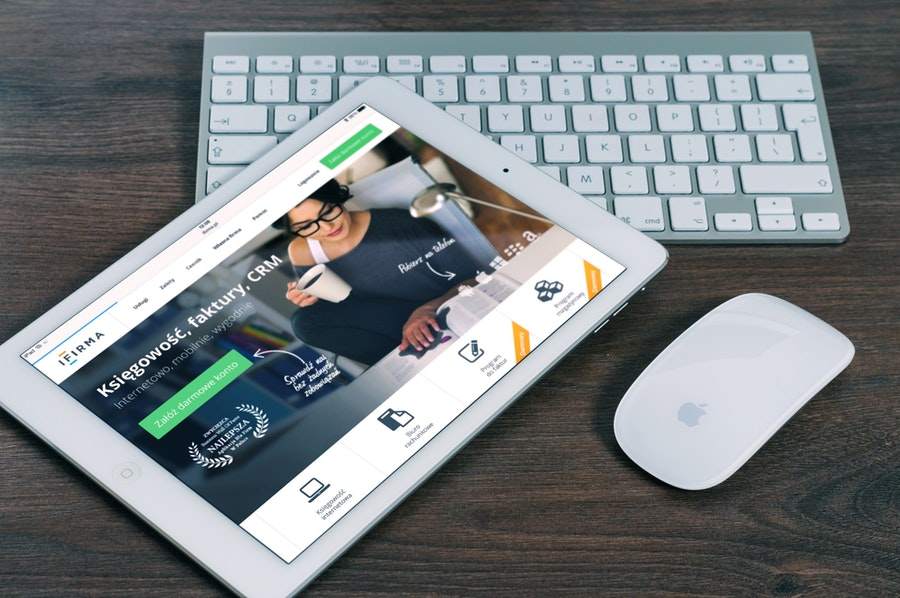Creating an operating system for a particular genre of device lineup and later forcing it to adopt another entirely different platform may not go well enough. No need to search extensively, as we saw the failure of Windows 8/8.1 RT in recent past.
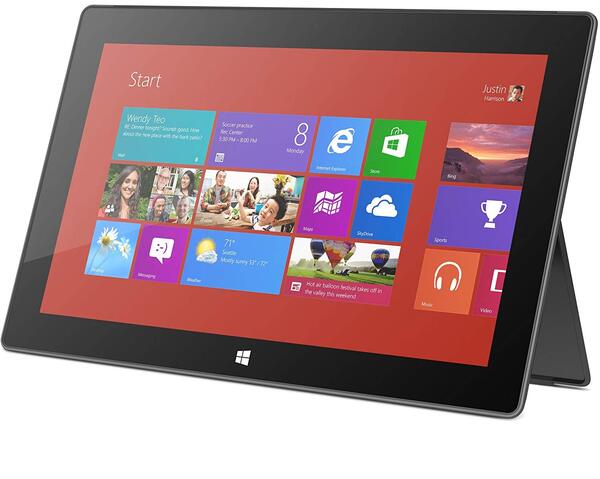
The era of transitioning is always a time full of complexities. Microsoft took the lesson, and carefully prepared the next version of Windows (aka Windows 10) well-optimized for portable, 2-in-1 hybrid devices, besides traditional desktops and laptops.
Google kind of faced the similar roadblock with Android. Although Android 3.0 Honeycomb was entirely designed for tablets, the lack of big screen-optimized apps slowly killed the Android tablet scene.

Nevertheless, wise man Google started to design separate dedicated OS variants for different hardware platforms.
Besides the typical Android, we now have Android TV for, you know, large screen displays such as TVs, Wear OS for smartwatches and Chrome OS for 2-in-1 hybrid tablet-cum-laptop like gadgets.
Time to talk about the elephant in the room!
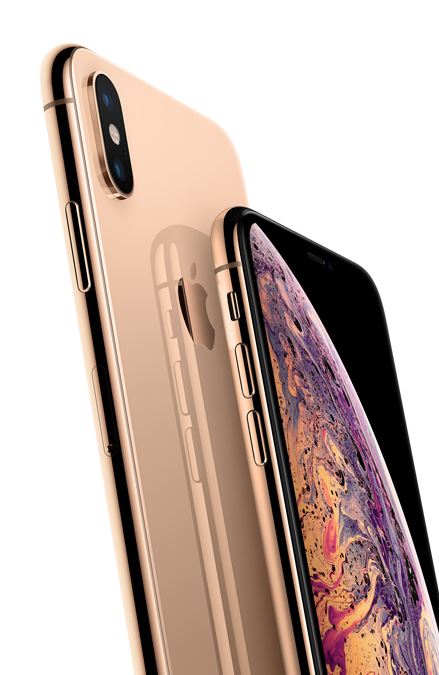
Since the inception, Apple separated the OS design teams for phones/tablets and the Macs. Although iOS shares plethora of internal characteristics with macOS, the former is particularly developed for portable handheld devices in mind.
Thanks to the energy efficiency of the ARM chips, a huge chunk of modern population adopted the tablet form factor as their daily driver. Not only they can last the whole day with a single charge, but the processors are also capable enough for handling productivity tasks.
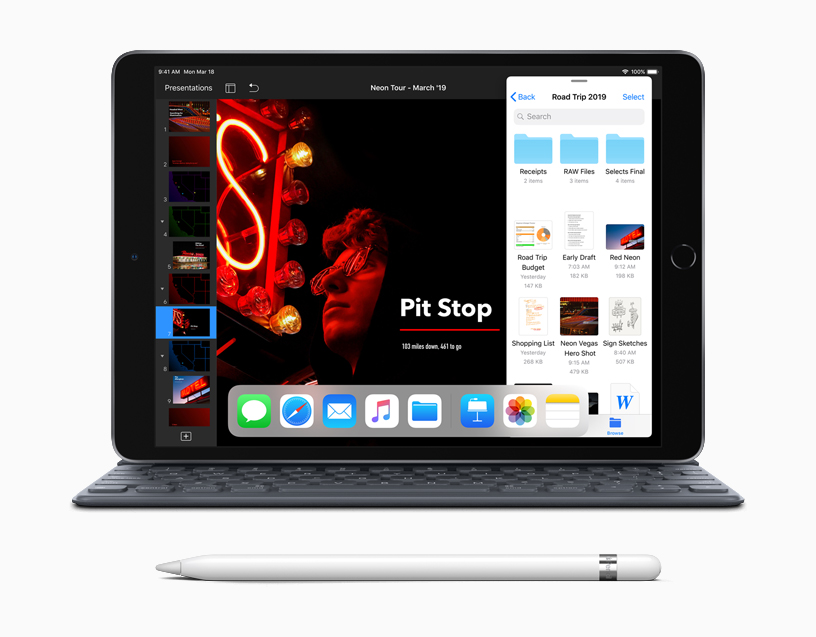
Besides the professionals, the iPad range of tablets are very much popular among the student communities. From cloud based office suites to full fledged Adobe Photoshop (upcoming), the Pro variant of iPad can easily replace your bulky laptop/desktop.
Or can it?
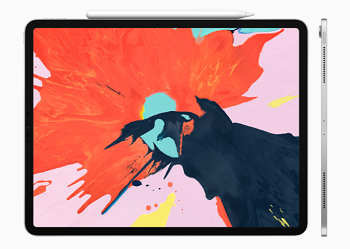
Although touch driven user interfaces are ideal of regular day-to-day works, you have to rely on old school keyboard-mouse combo if you’re planning to dive into serious productivity. While iOS doesn’t support external keyboards, there is not native mouse support!
Yes, you read that right: it’s 2019 and the operating system designed by the same company who made Magic Trackpad doesn’t support mouse. There is no ‘pointer’ in the iOS UI.
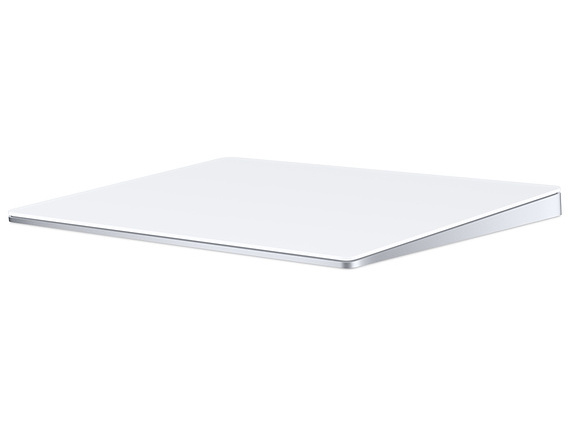
The rant against Apple regarding mouse support is not new. Users tried to convince the company countless times to bring this rudimentary feature, but end of the day, Apple is Apple.
I know this has been a question before. Has Apple pulled their head out yet and made it possible to pair a mouse with this thing. I have things to do and little time for what the world will be like in the future. Right now I need a mouse to work with my ipad pro. Or send me some kind of futuristic device that allows me to place my cursor where I want it without having to reach out and touch the **** display everytime i want move something or cut and paste or select an object, etc
(Source)
Would mouse input ruin the iPad? No, it wouldn’t. In fact, I don’t care if the OS supports (would be nice though), just adleast let us have access to bluetooth mice and give applications the right to support it.
The iPad Pro constantly gets flamed for “it has so much potential but software is holding it back” and these are one of those reasons. It’s fantastic now if you’re an artist or editor and can work purely with the pencil, but for a lot of other users a mouse just makes sense.
(Source)
The issue became a wildfire when developer Louis D’hauwe created a proof-of-concept framework to use a pointing device on iOS. The implementation was far from a native solution, but it revealed the true potential of iOS, especially on iPads.
Loius later joined Apple, which fueled the speculations about upcoming mouse support in the 13th interaction of iOS. The speculations are, in fact, not mere rumors anymore, as a number of credible sources have supported the claim.
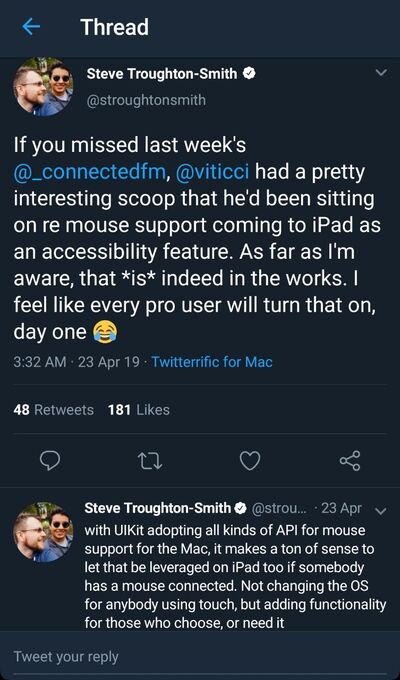
Designer Leo Vallet (currently intern at Apple) went one step further, and created a fantastic iOS 13 concept with out of the box mouse support in iPads. Leo’s design depicted the AirPods-esque pairing with third generation Magic Mouse and Magic Trackpad.
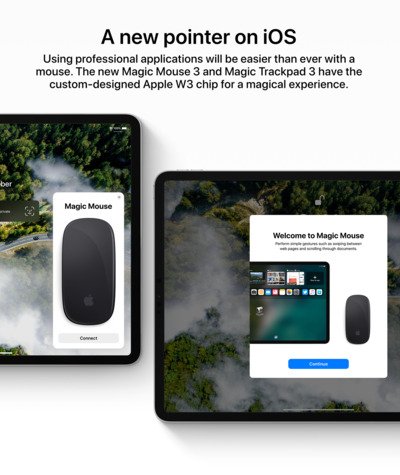
Interested readers can take a look at the complete concept design by clicking here.
Unsurprisingly, some people are not at all happy with the trend. According to them, Apple would destroy the legacy of iOS by introducing a half-baked mouse support. It could also hamper the design language of the iPad.
I don‘t quite understand the tone of your post. iOS was designed from the ground up to be a touch-only interface. A mouse was never part of the equation and remains clearly not part of the equation. Apple “pulled its head out” back in the early 2000’s when it began designing iOS and the first iOS devices and said – no mouse, touch only.
No iPad has ever supported a mouse, and there is no indication that any iOS device ever will. If you’ve been waiting for that to happen, I suspect you’re in for an endless wait.
(Source)
It’s not inherently stubbornness when a company simple remains true to its product design concept and principles. Why people even continue to expect or demand this to change is what’s behind me. It’s a touch interface operating system – has been since day one and remains so today 10+ years later. Hundreds of millions of users world wide seem fine with that if persistent sales figures indicate anything.
(Source)
Based on the leaks and speculations, Apple will not bring a radical change in the UI interaction with iOS 13 for including mouse support. Touch should be the primary input method, although mouse and trackpad functionality will be present for power users.
Let’s wait till WWDC 2019 to find the answer. ?
PiunikaWeb is a unique initiative that mainly focuses on investigative journalism. This means we do a lot of hard work to come up with news stories that are either ‘exclusive,’ ‘breaking,’ or ‘curated’ in nature. Perhaps that’s the reason our work has been picked by the likes of Forbes, Foxnews, Gizmodo, TechCrunch, Engadget, The Verge, Macrumors, and more. Do take a tour of our website to get a feel of our work. And if you like what we do, stay connected with us on Twitter (@PiunikaWeb) and other social media channels to receive timely updates on stories we publish.

